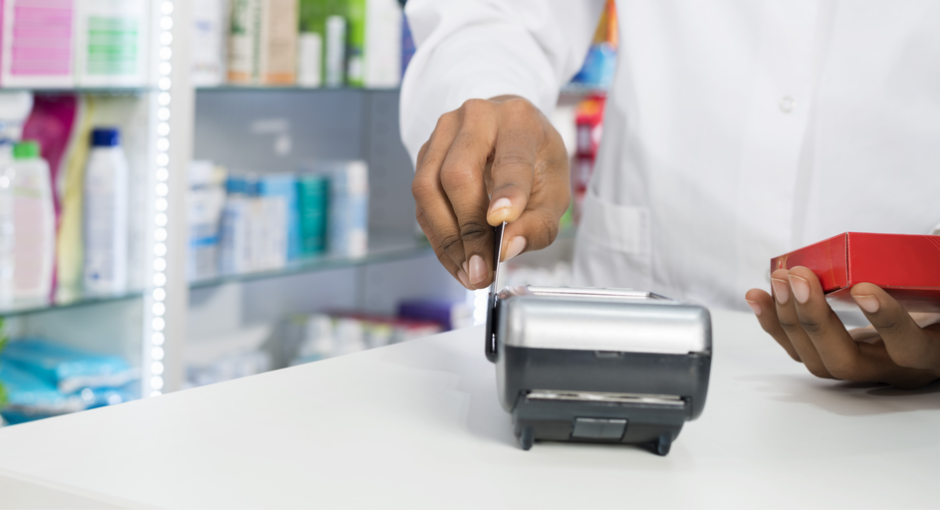Policymakers should make better use of the 340B program to help eliminate “pharmacy deserts” in Black and Hispanic/Latino urban neighborhoods, new research published in Health Affairs recommends.
The study was conducted by researchers at four universities and supported by the National Institute on Aging, the Robert Wood Johnson Foundation, and other funders. Its goal was to find out if segregated Black and Hispanic/Latino neighborhoods in the 30 most populous U.S. cities had fewer pharmacies and thus contributed to racial and ethnic disparities in health care. Published online on May 3, it looked at pharmacy availability by neighborhood type in the 30 cities from 2007 through 2015.
Overall, the study found the mean number of pharmacies per census tract in white neighborhoods was 1.15, versus 1.23 in diverse neighborhoods, 0.85 in Black neighborhoods, and 0.97 in Hispanic/Latino neighborhoods.
The researchers said 38.5% of Black neighborhoods and 39.5% of Hispanic/Latino neighborhoods were pharmacy deserts in 2015, compared with 26.7% or white and 28.2% of diverse neighborhoods.
Of the 2,663 pharmacies that opened in the 30 cities between 2010 and 2015, only 301 (11.3%) were in Black or Hispanic/Latino neighborhoods that did not have at least one pharmacy already. When pharmacies opened in neighborhoods that lacked them, they were more likely to be in white neighborhoods (29.7%) than in Black (25.7%) or Hispanic/Latino (21.2%) neighborhoods. Also, pharmacy closure rates were lower in white neighborhoods (11.0%) and higher in Black (14.1%) and Hispanic/Latino (15.9%) neighborhoods.
In 2015, 35.7% of all pharmacies in the cities studied were chains, 46.3% were independents, and 4.6% were co-located within clinics. Independent stores were disproportionately located in Black and Hispanic/Latino neighborhoods. They accounted for 34.8% of all pharmacies in white neighborhoods, versus 53.1% of Black and 57.4% of Hispanic/Latino neighborhoods.
In 2015, 25.8 percent of all of the pharmacies in the study participated in 340B. Overall, the researchers found “no significant difference” by neighborhood type, but “substantial variation” between cities, and within cities by neighborhood type.
For example, during the years 2011-2015, 63% of the pharmacies in San Francisco and 61% of those in Memphis participated in 340B, but only 7.2% of those in Forth Worth and 9.9 percent of those in Charlotte, N.C., according to tables in the study’s appendix.
“The researchers said the 340B program could be used “to protect pharmacies at risk for closure by ensuring that independent pharmacies participate as 340B contract pharmacies.”
“Despite a greater risk for closure, we found that only one in four pharmacies located in Black and Hispanic/Latino neighborhoods participated in the 340B program and that independent pharmacies were more likely to be located in these neighborhoods,” they pointed out.


